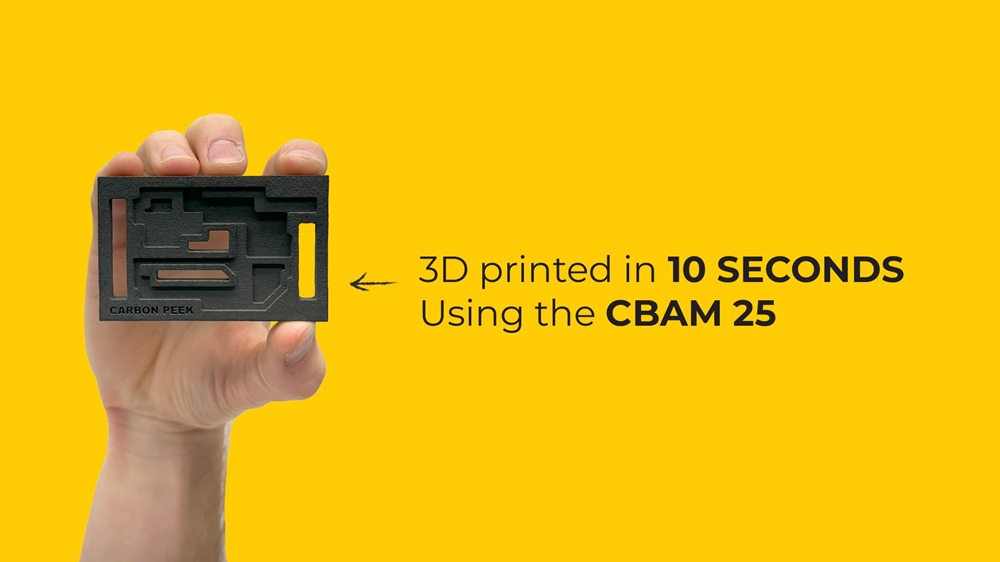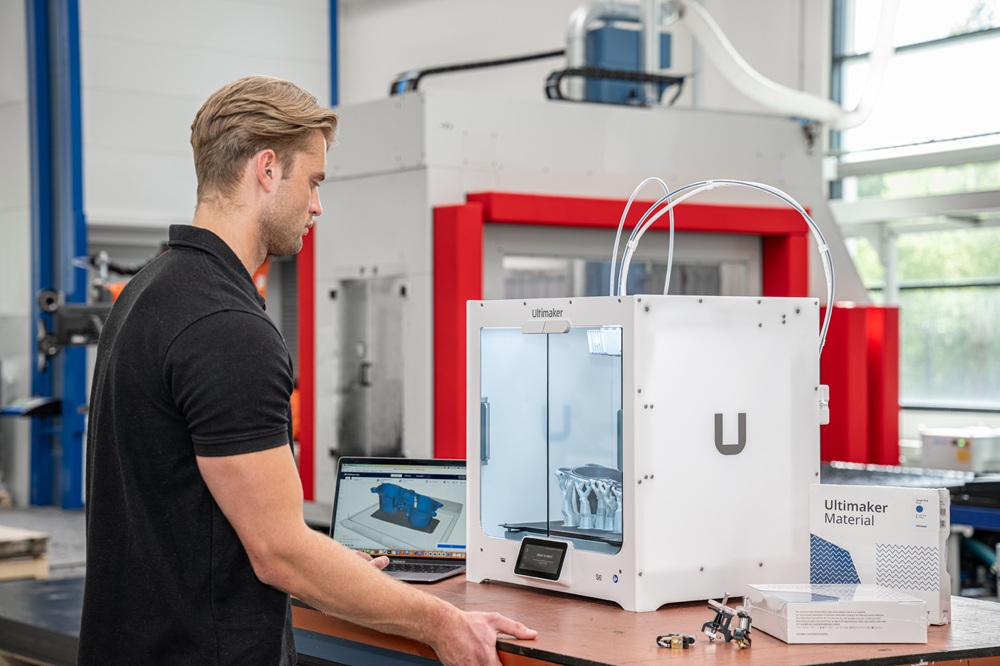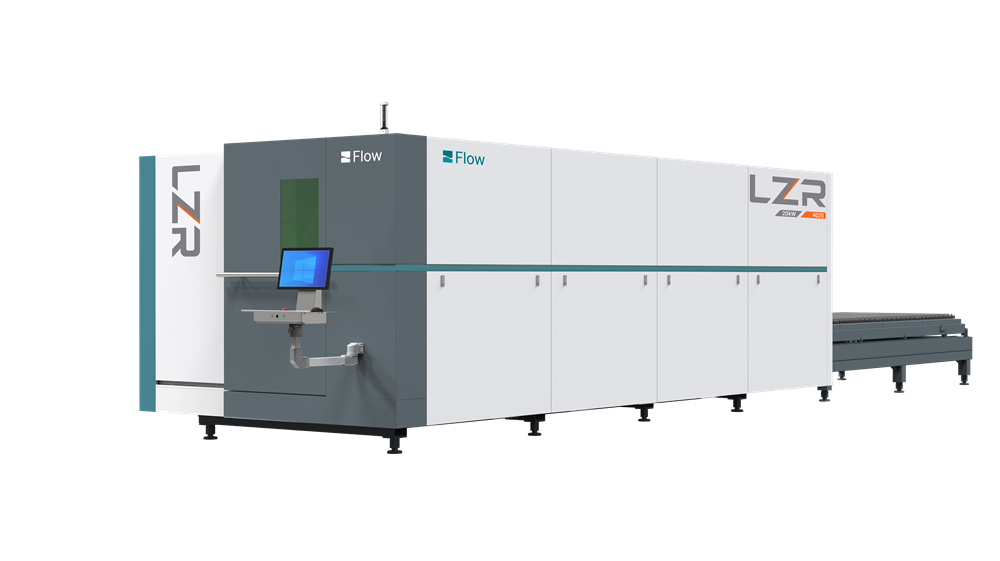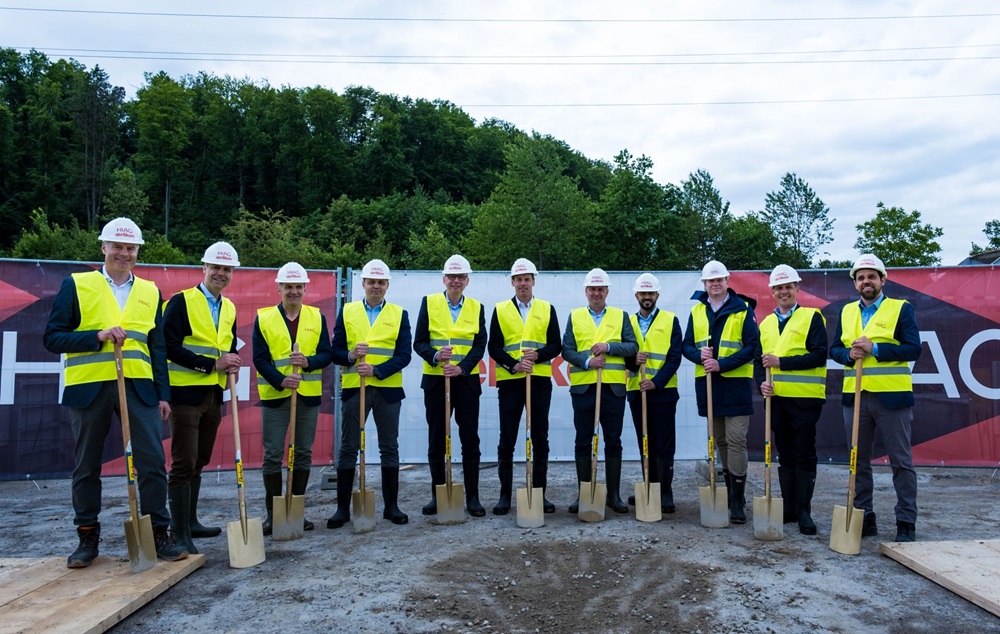The high-speed, high-volume CBAM 25 3D printer is now available to European customers following its release last year by industrial-level 3D printer and materials manufacturer, Impossible Objects. With the CBAM 25, users can print a 60 µm thick part layer every four seconds, representing a significant milestone in the transition of 3D printing from prototyping to mass production.
“We’ve already had some very strong interest from manufacturers in key vertical sectors, including major automakers, who are impressed not only with the machine’s speed but also its ability to produce strong precise parts without warping and shrinkage – and with unrivalled flatness,” says Steve Hoover, CEO at Impossible Objects.
Producing composite parts using carbon fibre, fibreglass, nylon and PEEK to tolerances of 100 µm – at low cost for volume production – the CBAM 25 is opening large new markets for additive manufacturing.
“With the CBAM process, the speed of the CBAM 25, our superior materials and lower cost, we’re fulfilling the 3D printing promise,” says Robert Swartz, founder and chairman of Impossible Objects. “We’ve invented a whole new way of 3D printing that is radically different to legacy methods – one that’s changing the way things are made.”
He adds: “Our goal is to make better parts that rival CNC machining at lower cost and faster throughput so that we can meet production needs. Our success in markets such as aerospace, defence, transportation and others have demonstrated the superiority of our approach.”
Impossible Objects customers include Siemens, Honeywell, Electrafly, Boeing, Ricoh, US Air Force, RIT, UAMMI, US Navy, NIAR, US Army and many others.
More information https://impossible-objects.com/



















